2 min read
Certified Energy’s NABERS Embodied Emissions Report Service: A Comprehensive Guide
Discover how Certified Energy's NABERS Embodied Emissions Report service can help you meet sustainability goals and...

NABERS measures the environmental performance of buildings, developments, homes and tenancies. The Embodied Emissions Reporting helps measure the carbon released during the process of building a home, development or tenancy and its total impact on the surrounding environment.
Strap a rocket to your ESD Consultant's back
with this must have NABERS Checklist.
Accredited NABERS Assessors audit the architectural and engineering documentation package and extract quantities of materials. This is then curated and entered into the Embodied Emission Material form. The proposed building is broken down into the following four categories:
1. Structure
2. Envelop
3. Permanent internal walls and doors
4. Services
5. External works
Whenever possible, the direct cost of materials to construct the building. and permanent elements of the proposed building will be recorded. Labour or equipments should not be accounted for.
The catchment for materials recorded should cover at least 80% of the total bill of materials.
Below is a step-by-step illustration of how the embodied energy of materials are quantified and reported in Worksheet 2 of the Embodied Emissions Materials Form.
Step 1
Our technicians model the proposed development.
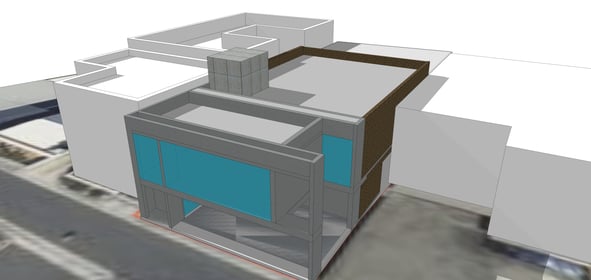
Fig 1. Proposed 2 storey extension
Step 2
The proposed development will then be broken down into Structure/Envelop/Permanent Walls and Doors/External Works.
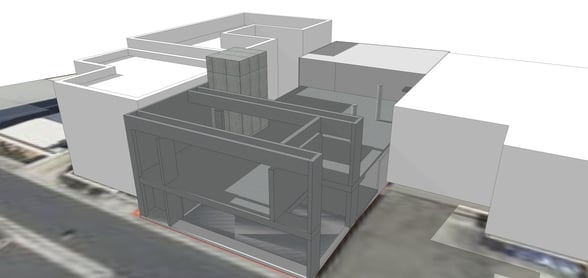
Fig 2. Isolate structural elements (Concrete in-situ and Block walls plus concrete slabs in cubic meters with reinforcing steel in metric tonnes)
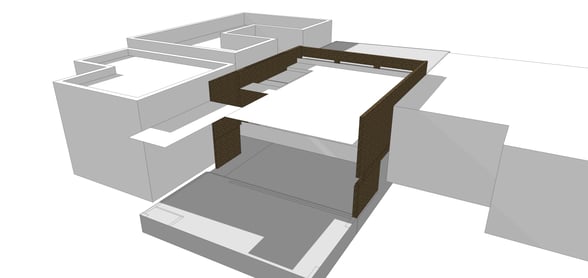
Fig 3. Isolate Envelops (In-filled brick walls and ceiling in square meters)
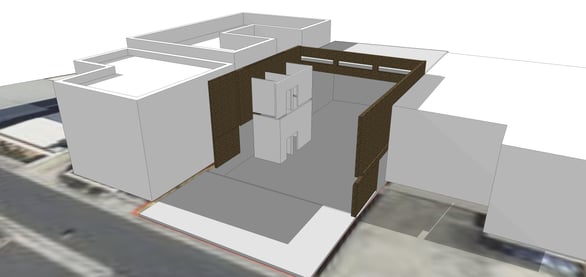
Fig 4. Permanent Internal walls ( in square meters) and doors/windows (quantity in numbers)
Step 3
The quantities of materials from our model will then be entered into the corresponding section in the Embodied Emissions Material Form.
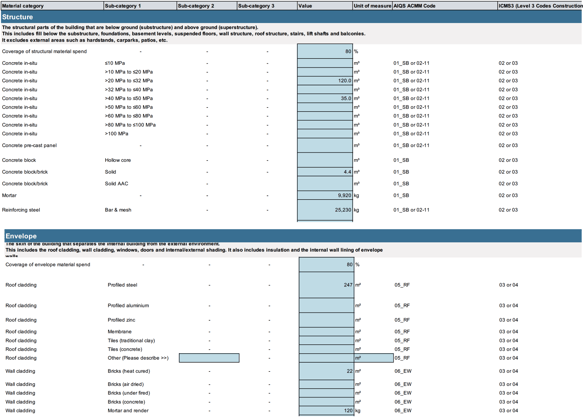



Since the process of conducting an Embodied Emissions report is quite thorough and varies on a project-by-project basis, the cost of conducting the assessment can also vary greatly. Depending on the size and complexity of the project, we recommend that you contact us and obtain a quote.
As for the time it takes to conduct an Embodied Emissions Report, our turnaround will typically be between 3-10 business days. In light of this, if you have a deadline, let us know and we will make arrangements to meet it.
To obtain an Embodied Emissions Report, please send in your plans for quoting and if you are satisfied with the quote, we will proceed and produce a draft report promptly. Once the draft is approved and payment is received, we will gladly issue a final certification for the project.
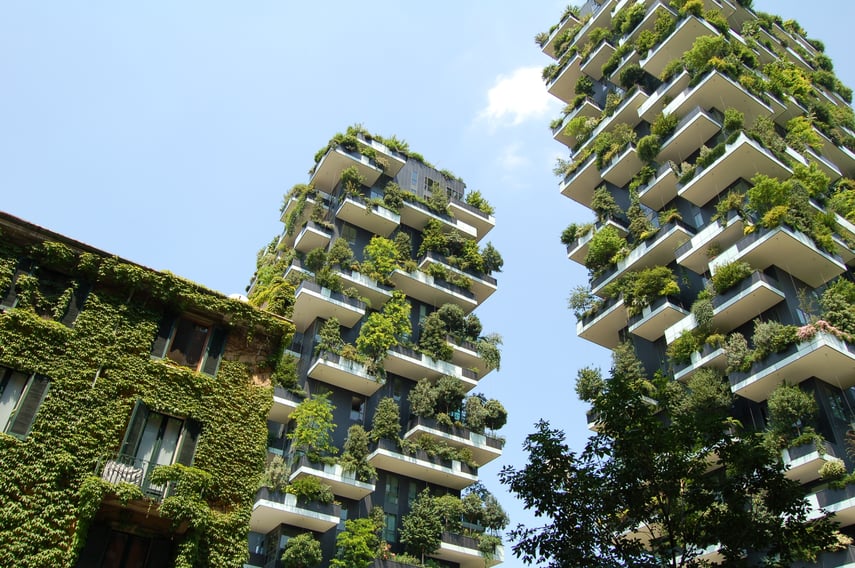

An Embodied Emissions Report outlines the quantities of key materials and associated embodied emissions throughout the entire process of constructing a building.
As of 1 October 2023, all new non-residential developments are required to submit an Embodied Emissions Report at the Development Application and Construction Certificate stages.
Residential developments can opt-in for a materials index report within the BASIX.
The cost of an Embodied Emissions report can range between 2-4.5k depending on the size of your project.
For residential developments, a new Material Index was introduced by the State in the Building Sustainability Index (BASIX) to calculate and report the embodied emissions of construction materials in new developments.
For all non-residential developments, a NABERS Embodied Emissions Material Form must be completed, with material quantities (and later embodied emissions) to be calculated at the development application stage and again at the construction certificate stage. The form is an interim reporting tool until the NABERS Embodied Emissions Framework and related online tools are released in mid-2024.
Discover how Certified Energy's NABERS Embodied Emissions Report service can help you meet sustainability goals and...
The 2019 National Construction Code (NCC) is now imminent and if it seems like it’s been a while since the last major...
Stay ahead in the construction industry by understanding the importance of NABERS compliance for modern buildings.
FOR IMMEDIATE RELEASE
Sydney, 11 March 2025
Certified Energy is pleased to announce our...